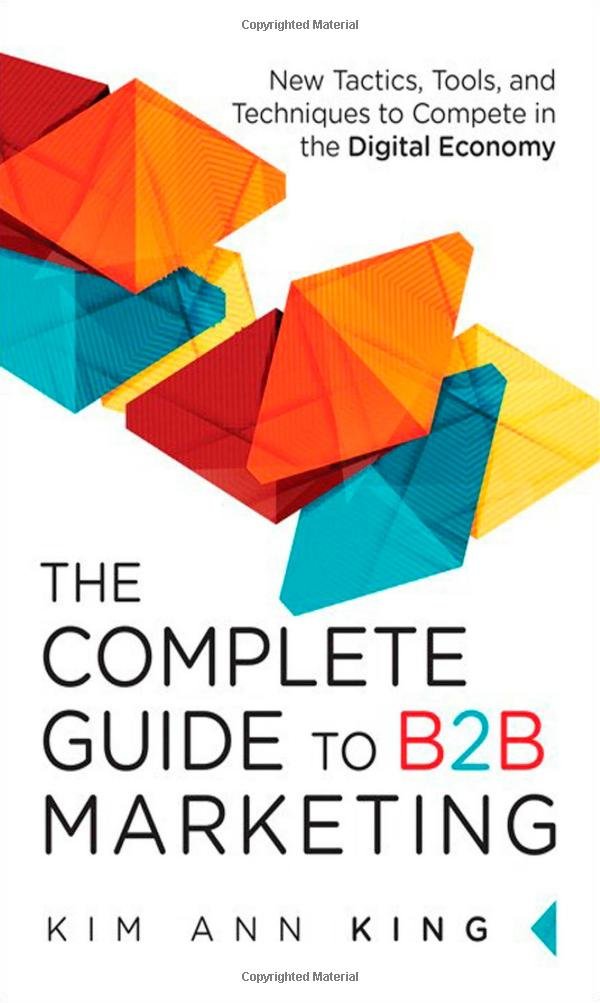I love the classic Simpsons episode in which Springfield is suddenly overrun with advertisements for something called Gabbo. Newspaper ads ask “Who is Gabbo?” while billboards scream “Gabbo is coming”. It’s a perfect send-up of a viral marketing campaign, beguiling and yet frustrating at the same time. The ads offer exactly zero information about who or what Gabbo is (a ventriloquist’s dummy, as it turns out).
This TV send-up offers a cautionary lesson for the real world. Viral marketing can build excitement, particularly for a consumer product. A tease can be effective for drawing potential customers to your website. But it is not the same as content marketing.
Eventually, you need to provide the information your prospects need. If you wait too long (maybe just a few seconds nowadays), your hard-earned eyeballs will go somewhere else. You must immediately begin to offer the information your prospects need. For better or worse, your customer is not Homer Simpson, endlessly staring at a newspaper trying to figure out what your attention grab is about.
Good content must be focused on enabling your customers to make a purchase decision, or take whatever other action you want your customers to take. You can introduce information with a viral pull – but don’t confuse “Gabbo is coming” with an effective pitch.
Data, Data, Data
The central purpose of great messaging is to provide the information your customers need to know about your product. After all, the “I” for “informative” is at the center of MEDICAL.
Providing useful facts is the best way to inform your customers: There is no substitute for hard data to prove your point. If data is not available, anecdotes and customer testimonials are better than nothing. Your customers need to know something important about you, and ideally something that is different from your competitors.
You want to be more informative than the fictional studio executives behind Gabbo. But you also don’t want to whack your customers over the head with details they don’t need and can’t prove.
So what’s a good balance for an informative message?
3-2-1 Contract
I think about a 3-2-1 guideline for the elements of information that should be in a brief piece, such as a two-page sell sheet.
- Your reader won’t remember every detail you provide. While it may be important for you to list many points (such as specifications of your product), make sure you have no more than three facts you want your customer to remember about your product. These facts should focus on the value you are providing, a value superior to the competition or the status quo. Use data wherever possible and use whatever metrics are standard in your industry. (E.g., “according to Gartner, our product provides an ROI 70% faster than the industry average.”)
- Whatever these facts are, drive them home by repeating them – if it’s important, say it two times. A summary or a call-to-action is a great place to provide your repetition. (E.g., “Contact us to find out more about the product with 70% faster ROI.”) Do not repeat yourself too often or without context. It’s been done and isn’t fun for anybody.
- To get your customer to take action, your message must provide the one measure you want your customer to evaluate you on – the one most critical way in which you are better than the rest. You could win on price, performance, quality, reputation, or any other dimension. Without focusing on how you win, your message will fail to resonate. Your reader needs to know the one reason they are using your information in the first place. (E.g., “business executives seeking a faster ROI use our product.”)
The 3-2-1 approach makes it easier to remember the elements of an informative message. Adjust it as fits your specific needs, your medium, and the space you have to work with.
Be Informed
Your message is informative if prospects and customers are asking you the questions you want them to ask you. In the example above, the value proposition is a faster ROI. If your materials using this message are properly informative, you can expect prospective customers to ask how they will achieve this quick return.
Or suppose your message is about the superior quality of your product. Informative marketing materials will prompt your customers to ask you about quality – even better, to believe your product has higher quality without further proof! Market research can confirm if such impressions are catching on.
It may seem like only a dummy would neglect information – so don’t forget this critical part of your content.
Have you ever seen a business pitch that left you wondering what the product was, and why anyone would buy it? Tell us about your favorite head scratchers in the comments.
PHOTO ATTRIBUTION
Information by Matt Davis CC BY-SA 2.0



